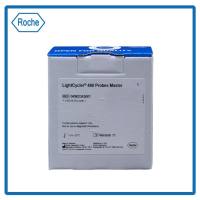In Situ Hybridization to Brain Tissue Sections Using Labeled Single-Strand Complementary RNA Probes
互联网
617
Because of the vast organizational complexity of the brain, it is crucial to study gene regulation at the level of individual cells. Most brain regions or individual neurons lying adjacent to each other may contain different neurotransmitters or different receptors, which may differentially regulate the gene of interest. Moreover, the brain expresses a much higher proportion of genes than other tissues, such that there are >50,000 distinct mRNA, whose cellular distribution is unknown. This extreme complexity in biochemical composition means that any study of changes in neuronal gene expression in response to pharmacological manipulations (1 ) or in response to lesions (2 ) should be analyzed at the singlecell level for maximal sensitivity to detect changes in heterogeneous cell populations.









